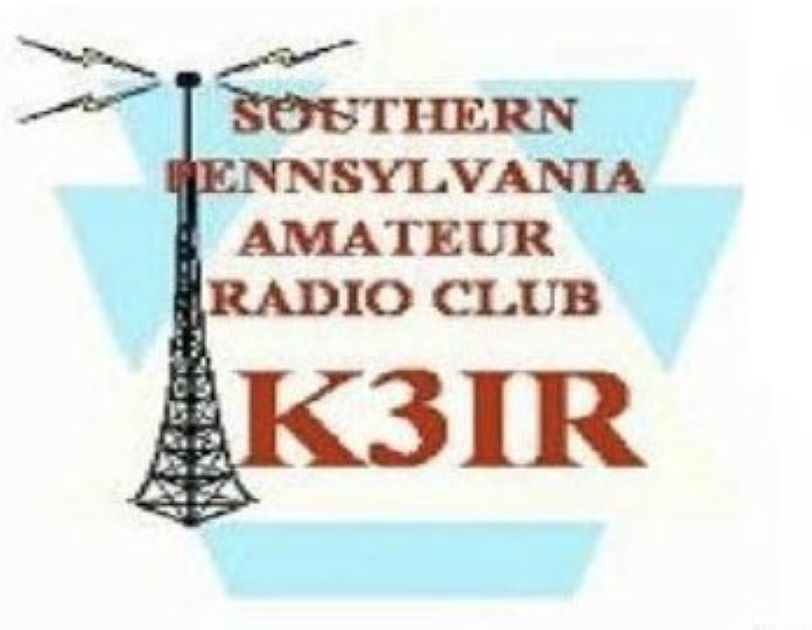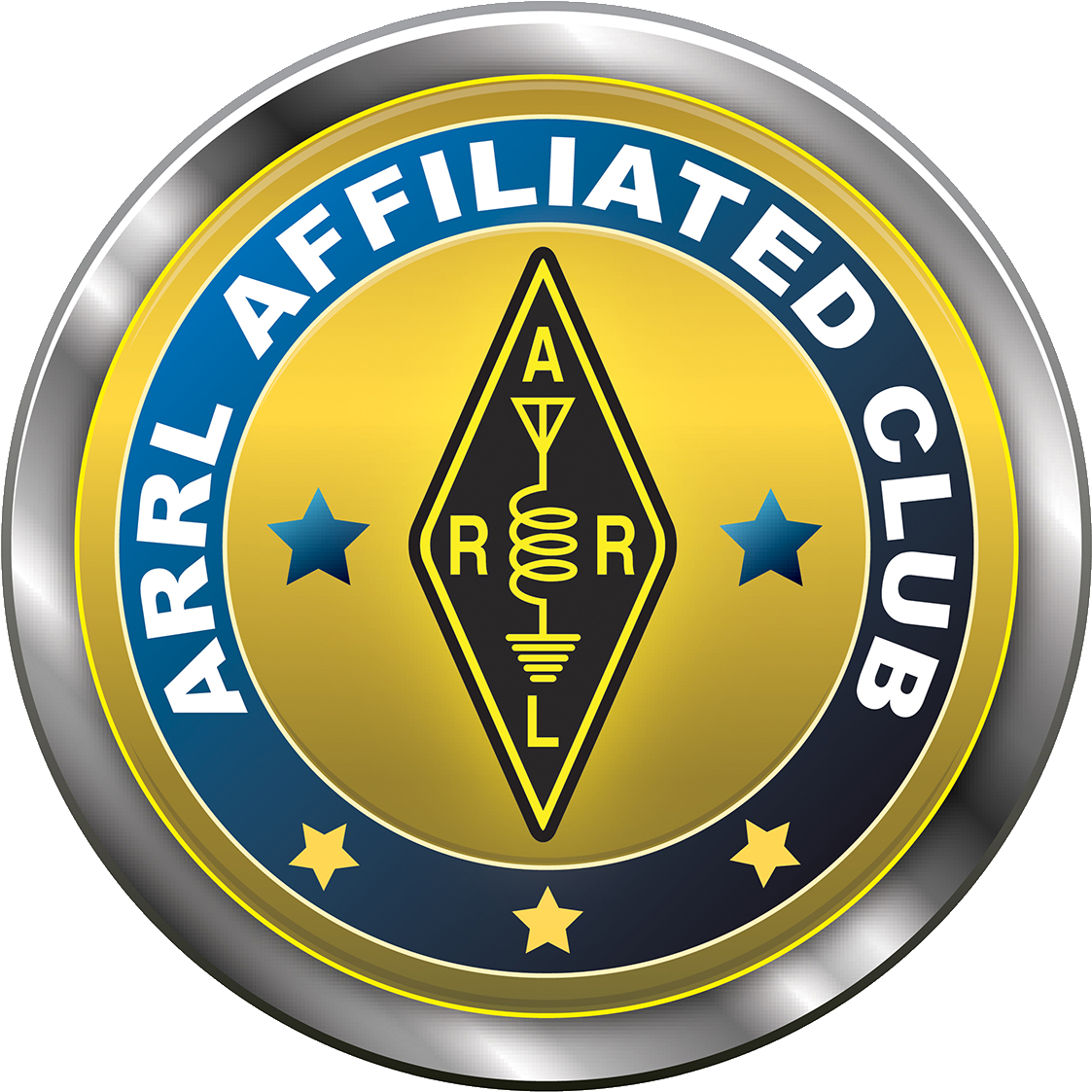SPARC
GMRS
GMRS -
General Mobile Radio Service
The General Mobile Radio Service (GMRS) is a licensed two-way radio service in the United States, operating on Ultra High Frequencies (UHF). It's a popular choice for families and groups seeking reliable communication, particularly in situations where cell service is unreliable or unavailable, like during outdoor activities or emergencies.
Here's a detailed look at the GMRS:
Key characteristics
- Licensing: An FCC license is required for GMRS operation. However, NO exam is needed. This license is issued to an individual and covers their immediate family members (spouse, children, grandchildren, parents, and other close relatives), allowing them to operate the GMRS stations within the licensed system. The license lasts for 10 years and costs $35.
- Power and Range: GMRS radios can transmit at higher power levels than Family Radio Service (FRS) radios, with a maximum output of 50 watts for mobile/base stations and 5 watts for handheld units. This higher power translates to a greater range, typically between 1 and 25 miles or more, depending on terrain, antenna quality, and whether repeaters are used.
- Channels and Frequencies: GMRS utilizes 30 channels, including channels shared with FRS and GMRS-exclusive repeater channels. These channels operate in the 462 MHz and 467 MHz frequency bands.
- Uses: GMRS is well-suited for a variety of personal and recreational activities, such as camping, hiking, hunting, family events, and staying connected in remote areas. It can also be useful for emergency communication when other systems are down. However, it is not intended for commercial or business operations.
Advantages of GMRS
- Extended Range: Higher power output and the ability to use repeaters allow GMRS radios to achieve significantly longer communication ranges compared to FRS radios.
- Versatile Antenna Options: GMRS radios support the use of external antennas, including vehicle-mounted and base station antennas, which further enhance range and signal quality.
- Repeater Access: The use of repeater stations allows GMRS users to extend their communication range by retransmitting signals over greater distances and around obstacles. However, repeaters cannot be linked together over the internet or public telephone network to form a wide area network.
- Ease of Use: GMRS radios are generally easy to operate and often come pre-programmed with the necessary channels.
Common Uses
- Outdoor Activities: GMRS is popular for activities like hiking, camping, and off-roading, providing reliable communication in remote areas.
- Family Communication: Families use GMRS for road trips, vacations, and general coordination.
- Event Management: Event organizers and security teams use GMRS for communication during events.
- Emergency Preparedness: GMRS can be a valuable tool during emergencies when traditional communication systems are down.
Restrictions:
- GMRS licensees cannot use the service for illegal, deceptive, or coded messages.
- They cannot send international distress signals (like Mayday) unless in a vehicle in immediate danger.
- Continuous or uninterrupted transmissions are generally prohibited, except in emergencies.
- GMRS users cannot communicate with stations in the Amateur Radio Service or unauthorized stations.
Comparing GMRS to other radio services
- FRS (Family Radio Service): FRS radios share many channels with GMRS but are limited to a maximum output of 2 watts and cannot use external antennas or repeaters. FRS does not require a license.
- CB (Citizens Band): CB radios operate on different frequencies and are limited to 4 watts of power. CB does not require a license and can be used for business purposes.
- Amateur (Ham) Radio: Ham radio is a more advanced service requiring passing an exam to obtain a license. It offers greater power, frequency, and communication options but is more complex to operate.
In conclusion
GMRS provides a robust and flexible communication solution for individuals and families, offering a balance between range, ease of use, and licensing requirements.


